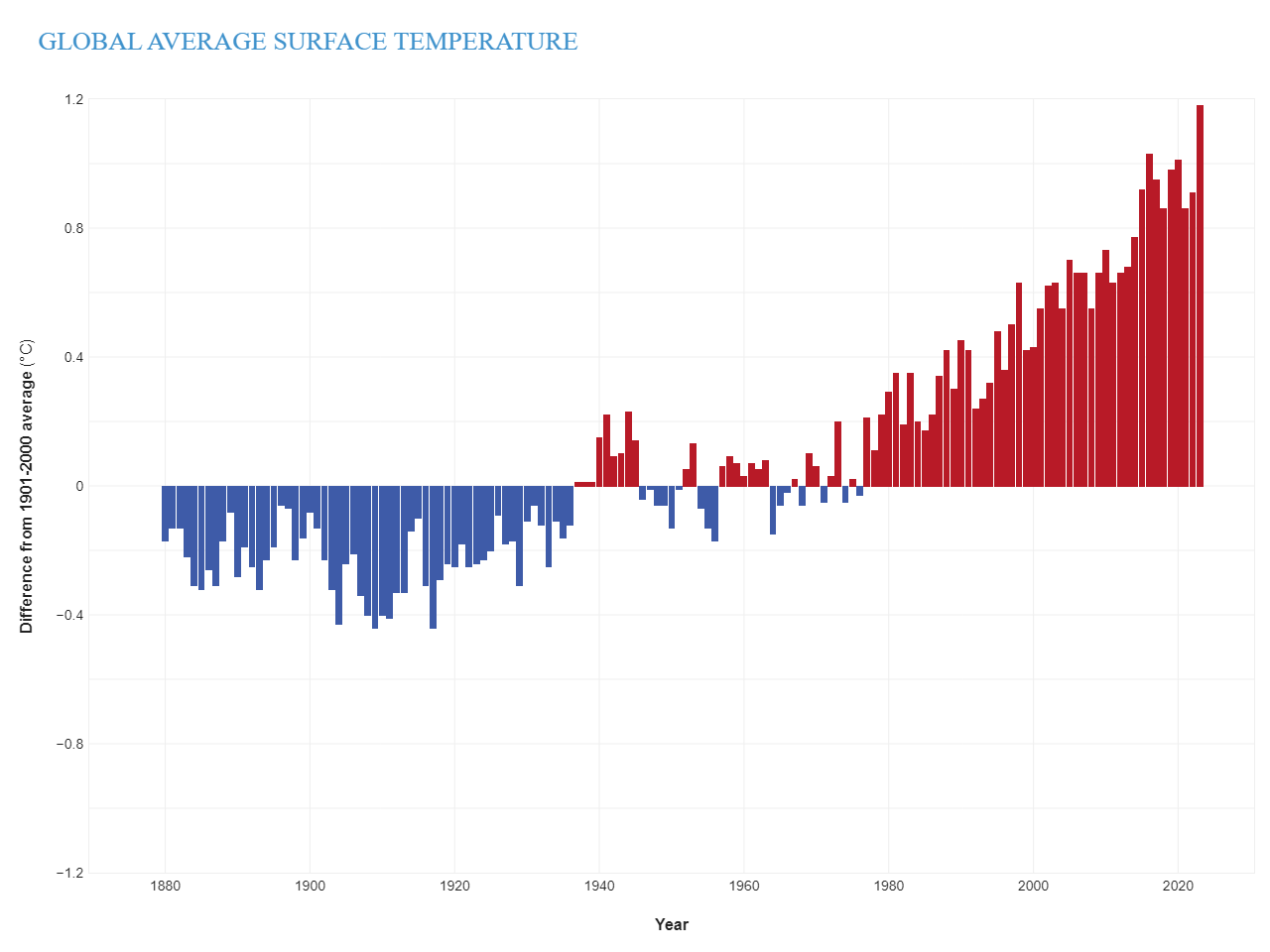There is no going back - no matter what we do now, it's too late to avoid climate change. If we bring emissions down with sufficient vigour we may yet avoid the tipping points that will make runaway climate change unstoppable.
Sir David Attenborough
Naturalist and BBC broadcaster
